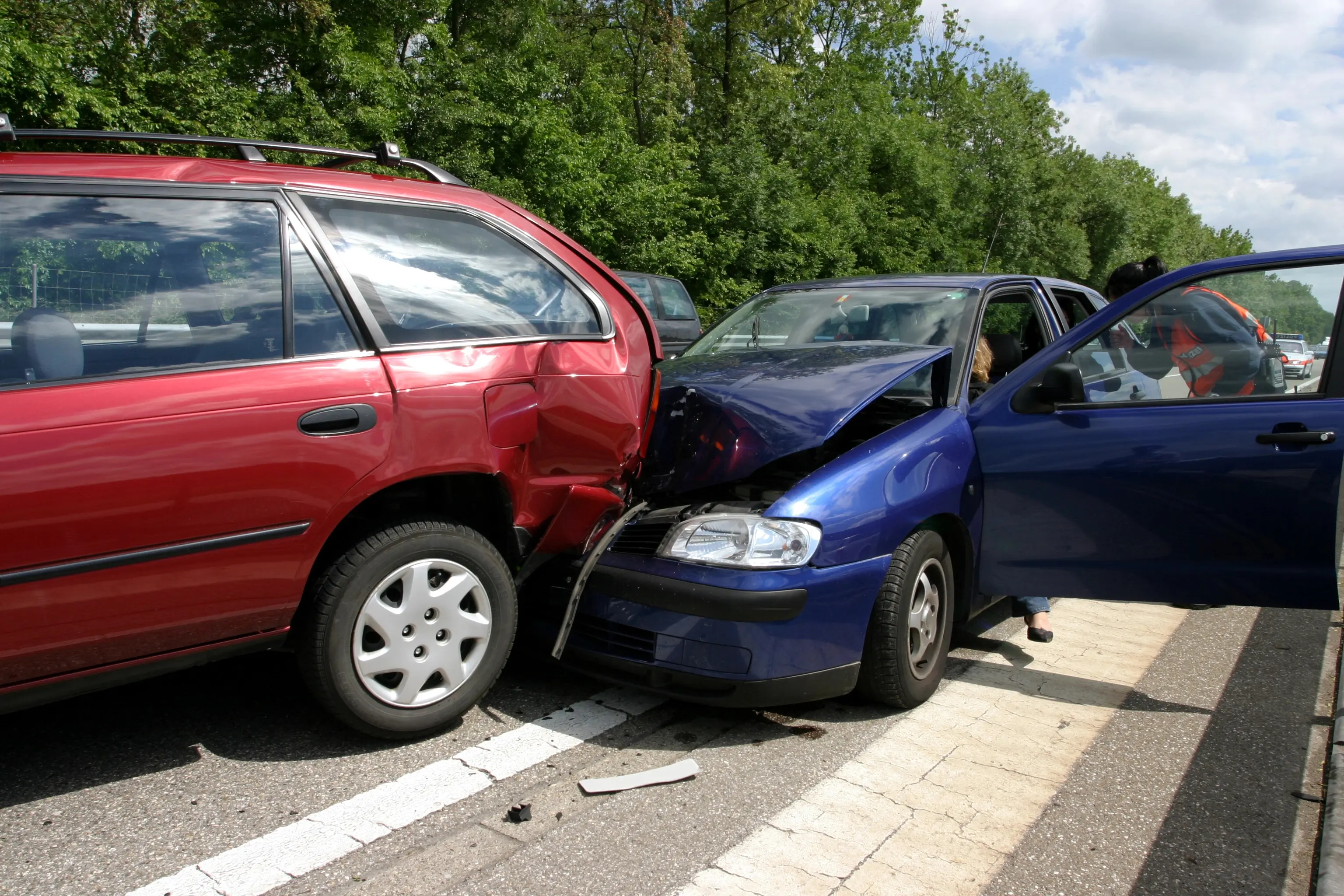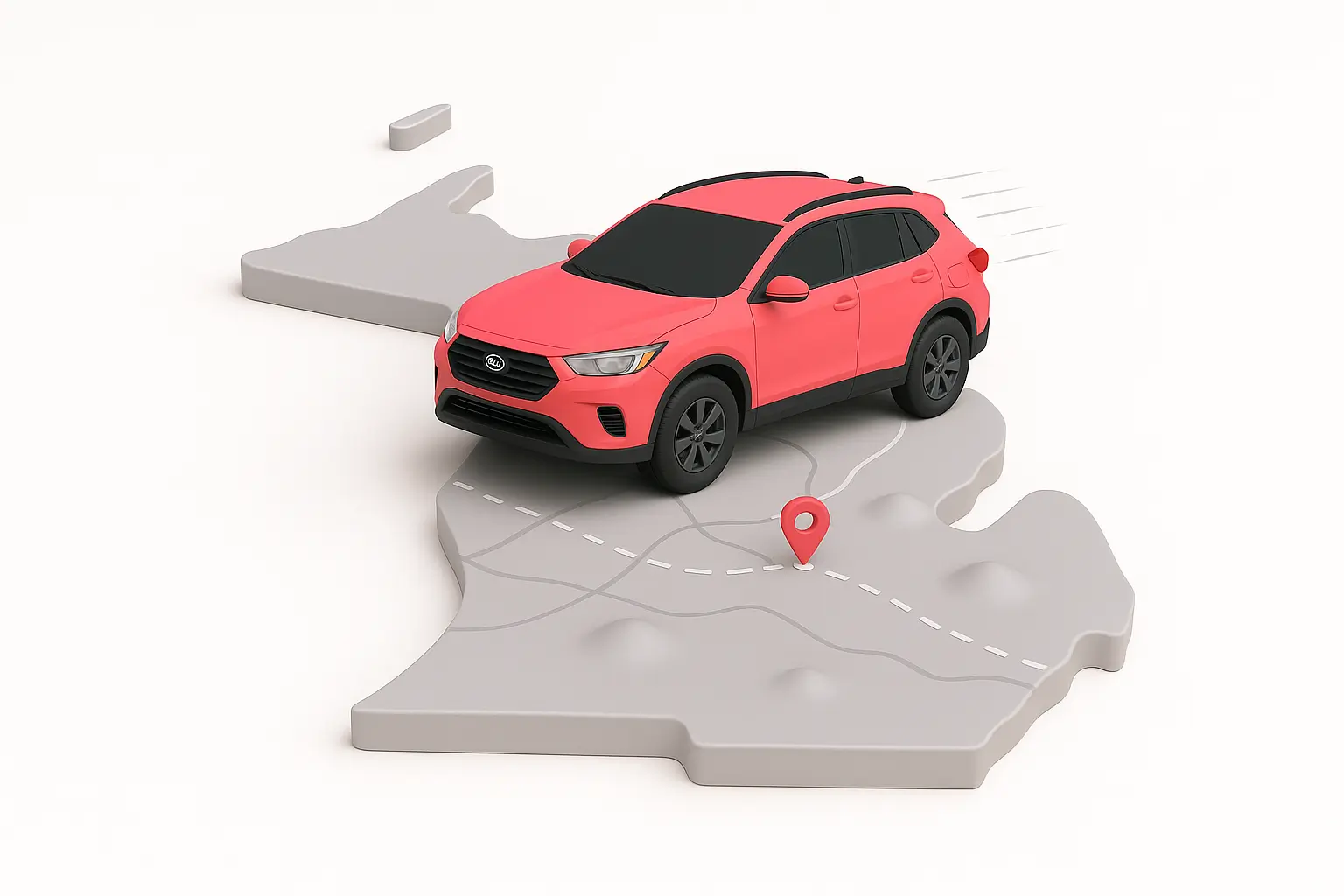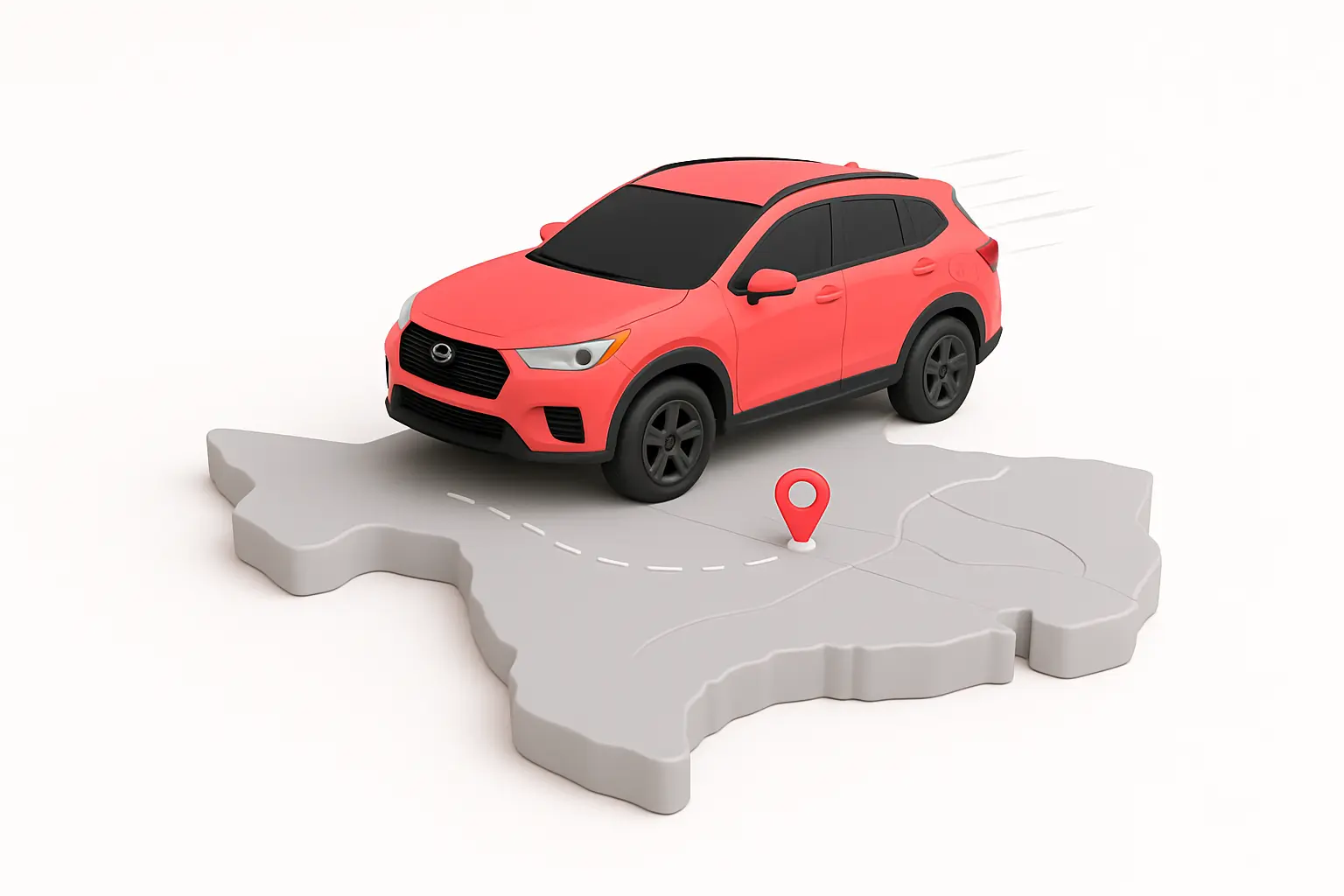Each state sets its own auto insurance minimum coverage requirements to ensure that drivers can cover some of the costs if they cause an accident. These standards vary widely based on factors like cost of living, accident rates, and local medical or repair expenses.
As inflation, healthcare, legal expenses and the cost of cars rise, outdated minimums can be insufficient to adequately protect both drivers and victims. To keep pace with real life pricing, states will periodically review and increase these required limits. Changes can take effect at any point in the year, often coinciding with fiscal quarters or allowing insurance companies time to adjust policies and pricing.
This summer, both Massachusetts and North Carolina implemented significant mid‑year increases to their mandatory auto insurance minimums.
Car insurance minimums in Massachusetts
Effective July 1, 2025, Massachusetts formally increased its long‑standing minimum car insurance coverage requirements from $20,000/$40,000/$5,000 to $25,000/$50,000/$30,000. Each figure corresponds to a different type of liability or property damage coverage.
| Coverage Type | Old Minimum | New Minimum (as of July 1, 2025) |
|---|---|---|
| Bodily injury (per person) | $20,000 | $25,000 |
| Bodily injury (per accident) | $40,000 | $50,000 |
| Property damage | $5,000 | $30,000 |
| Uninsured motorist (BI) | $20,000/$40,000 | $25,000/$50,000 |
| Personal injury protection (PIP) | $8,000 | $8,000 (unchanged) |
The largest adjustment is for property damage, a sixfold increase from $5,000 to $30,000, reflecting steadily rising repair costs and requiring drivers to carry significantly more coverage.
Car insurance minimums in North Carolina
Massachusetts wasn’t the only state to implement a mid-year change to its auto insurance coverage laws. As part of a 2024 legislative reform, North Carolina also began enforcing higher minimums as of July 1, 2025.
| Coverage Type | Old Minimum | New Minimum (as of July 1, 2025) |
|---|---|---|
| Bodily injury (per person) | $30,000 | $50,000 |
| Bodily injury (per accident) | $60,000 | $100,000 |
| Property damage | $25,000 | $50,000 |
| Uninsured/underinsured motorist | Not required. | $50,000/$100,000 |
The state also requires mandatory uninsured/underinsured motorist (UM/UIM) coverage now, for both new and renewed policies.
What this means for drivers
Budget for higher premiums: Even drivers with clean records carrying minimum or low limits will likely see rate increases. Be sure to shop around for car insurance quotes, ask about multi-policy or safe-driver discounts, and budget accordingly for price adjustments based on your driving profile.
Updates happen automatically: In both states, new or renewed policies must meet the updated limits on or after July 1, 2025. Insurers are required to automatically apply these changes — and likely higher pricing — at renewal. Still, it’s wise to review your policy’s declaration page to confirm compliance. And to avoid overpaying, consider shopping and comparing quotes before automatically renewing with your existing insurance company.
Consider going beyond minimum coverages: Whenever possible, consider going beyond the state‑mandated minimum coverage limits to better protect yourself financially. Higher liability limits or full coverage provides stronger financial protection for serious accidents, where injury and property damage costs can quickly exceed the minimum limits.
Learn more: The best car insurance companies
New state minimums could mean higher costs but better protection
Massachusetts and North Carolina have both enacted major changes this July, raising auto insurance minimum coverage requirements across the board. These changes, driven by rising medical and repair costs, are expected to result in meaningful rate increases for many drivers.
However, the new laws aim to reduce the financial risks of underinsured accidents. Drivers in both states should review their policies and rates, compare quotes from multiple insurers with the updated minimums, and consider whether opting for higher coverage limits offers better protection.








